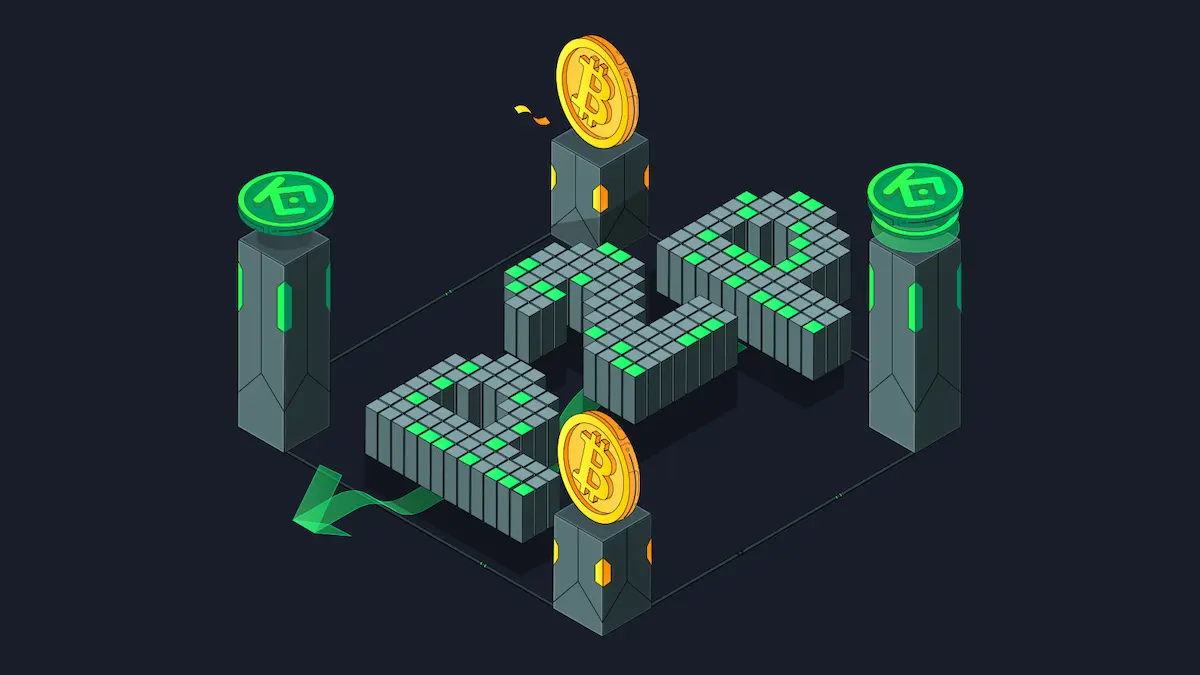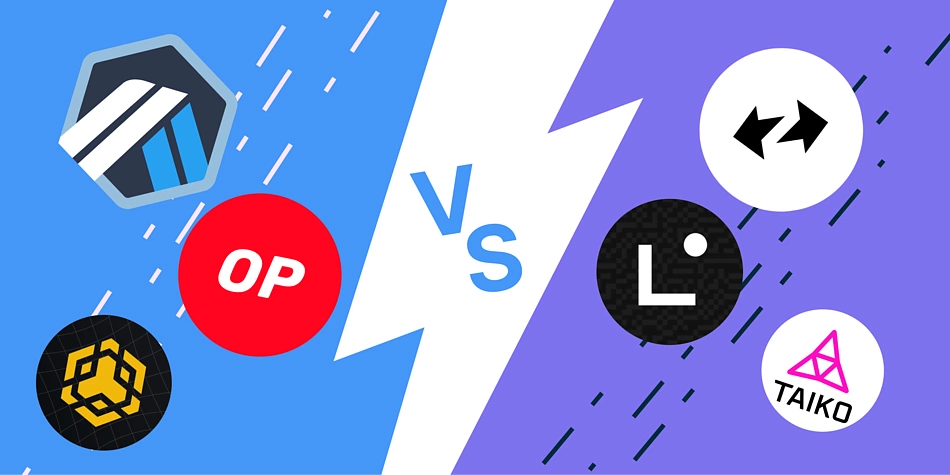Overview
Consensus mechanisms are the foundation of blockchain networks, ensuring all participants agree on the state of the distributed ledger without the need for centralized control. While Proof of Work (PoW) and Proof of Stake (PoS) are the most well-known, several alternative consensus algorithms have emerged to address scalability, energy efficiency, and security challenges. These mechanisms are crucial to maintaining trust and decentralization in the blockchain ecosystem.
Examples
- Proof of Work (PoW) – Participants (miners) solve complex mathematical problems to validate transactions and create new blocks. Example: Bitcoin uses PoW as its primary consensus mechanism.
- Proof of Stake (PoS) – Validators are chosen to create new blocks based on the number of coins they hold and are willing to “stake.” Example: Ethereum transitioned to PoS with Ethereum 2.0 to improve energy efficiency.
- Delegated Proof of Stake (DPoS) – Token holders vote for a small group of delegates responsible for validating transactions and securing the network. Example: EOS uses DPoS to achieve faster transactions.
- Proof of Authority (PoA) – Validators are pre-approved and known entities that secure the network based on their reputation rather than computational power or stake. Example: VeChain utilizes PoA for enterprise blockchain solutions.
- Proof of Space (PoSpace) – Participants allocate unused disk space to solve challenges and validate blocks. Example: Chia Network employs PoSpace to promote energy-efficient mining.
- Proof of Time (PoT) – Often used in conjunction with PoSpace, this requires a verifiable delay function to prevent attacks. Example: Chia Network integrates PoT to ensure fairness.
- Proof of Burn (PoB) – Participants “burn” (destroy) coins by sending them to an irretrievable address, proving their commitment. Example: Slimcoin applies PoB to combine mining and staking features.
- Proof of Elapsed Time (PoET) – Validators are chosen based on randomly assigned wait times, which are verified through trusted execution environments. Example: Hyperledger Sawtooth uses PoET for enterprise blockchain scalability.
- Proof of Reputation (PoR) – Validators are selected based on their historical behavior and trustworthiness. Example: XDC Network leverages PoR to secure its blockchain.
- Hybrid Consensus (PoW + PoS, PoA + PoS, etc.) – Combines multiple consensus mechanisms to balance security, decentralization, and scalability. Example: Decred utilizes a hybrid PoW/PoS model.
Advantages
- Energy Efficiency – Alternatives like PoS and PoA consume significantly less energy compared to PoW.
- Scalability – Mechanisms like DPoS and PoET offer faster transaction processing.
- Flexibility – Diverse consensus models allow customization based on network goals and use cases.
- Security – Various models mitigate risks such as 51% attacks or centralization.
Challenges & Limitations
- Centralization Risks – Models like DPoS and PoA may sacrifice decentralization by limiting the number of validators.
- Complexity – Newer mechanisms can be technically complex, requiring more understanding from participants.
- Adoption Barriers – Transitioning existing networks to new consensus models can face resistance.
- Security Trade-offs – Some alternatives may introduce new vulnerabilities.
Evolution
The development of consensus algorithms has followed a chronological trajectory:
- 2009 – Proof of Work (PoW): Introduced by Bitcoin, establishing decentralized security via computational power.
- 2012 – Proof of Stake (PoS): Emerged as a more energy-efficient alternative (e.g., Peercoin).
- 2014-2015 – Delegated Proof of Stake (DPoS): Popularized by platforms like BitShares and EOS, emphasizing scalability.
- 2017-2018 – Enterprise Solutions: PoA and PoET gained traction, offering permissioned blockchain networks for businesses (e.g., VeChain, Hyperledger).
- 2019 onwards – Sustainable Consensus: Models like PoSpace and PoB addressed environmental concerns (e.g., Chia Network).
- 2020s – Hybrid & Reputation-Based Models: Networks started combining mechanisms (e.g., Decred) and integrating reputation systems (e.g., XDC Network).
This progression shows a clear focus on improving efficiency, reducing energy consumption, and enhancing scalability while preserving decentralization and security.
Market Sentiment
The blockchain community continues to explore and adopt alternative consensus mechanisms to overcome PoW’s limitations. Ethereum’s move to PoS has strengthened confidence in energy-efficient models, while enterprises increasingly favor PoA and PoET for private networks. However, debates persist regarding centralization trade-offs and long-term security.
Conclusion
Alternative consensus mechanisms are reshaping blockchain’s future, offering solutions to energy, scalability, and security challenges. As the technology evolves, these models will continue to diversify, ensuring that blockchain remains adaptable to various industries and use cases while addressing the limitations of early consensus protocols.
By Alejandro Silva Ramírez, Crypto Analyst & Columnist







